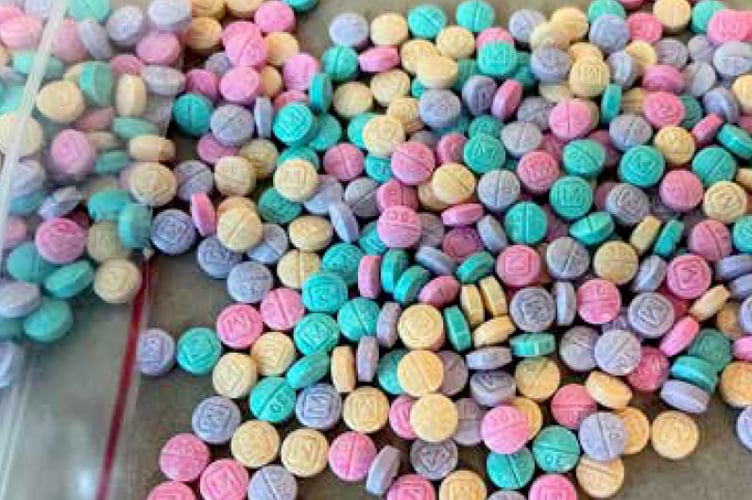Use of Class A drugs like fentanyl and ketamine appears to be rising in Hampshire – but the police and county council are trying to crack down on county lines dealers.
At a recent Hampshire County Council cabinet meeting concerns were raised about high drug misuse despite all the “good work” the council was doing to prevent the use of these substances and support those who do use them.
Graham Allen, the director of adults’ health, said work done by Hampshire Constabulary and the county council focused on disrupting the drug business model in the county and reducing drug use, with a focus on county lines gangs who transport illegal drugs from one area to another.
Mr Allen said: “What we’ve got in terms of county lines is a clear priority for us; it has been for a number of years in terms of disruption to what is effectively a business model which operates across the country in terms of drug delivery mechanisms for local areas.
“Alongside that work, it is about disruption and stopping drugs supplying demand; some of the actions that are then taken forward are in terms of reducing the use of drugs.
“There’s some great work taking place.
“We’ve got teams working between the local authority and the Hampshire Constabulary regarding county lines disruption routes, and supporting young people and others caught up in it.
“There is a range of criminal activity associated with that. That’s why we’ve got a focus on county lines.”
Mr Allen said synthetic opiates such as ketamine and fentanyl were starting to appear in the county. Fentanyl is a synthetic opioid up to 50 times stronger than heroin and 100 times stronger than morphine.
He added: “There is continuing concern in terms of drug misuse across the country, not only here in Hampshire.
“What we have seen, not only through the disruption of some of those drug channel mechanisms through county lines but also through some of the work we do through our public health service in terms of substance misuse treatment, is drug use is changing.
“There is a very dynamic range of risk issues based on a whole number of different factors, including social and economic trends, as drug dealing is a business model of sorts. We have seen some issues in availability and price; they fluctuate, and the risk fluctuates as a result.
“There is work taking place to reduce the incidence of the use of opiates and crack cocaine, but we then see other drugs starting to come to the fore, for example ketamine, fentanyl and other synthetic opiates. Some of these result from what is happening in far away places, such as disruption to opium production in Afghanistan.
“There is a huge amount of attention not only on county lines disruption but also support for those suffering from substance misuse.”
There were 4,859 drug poisoning deaths in 2021 in England and Wales – of those, 2,219 (45 per cent) involved opiates. This increased to 61 per cent when excluding deaths where no drug type was recorded on the death certificate.
Heroin and morphine caused 1,213 deaths, cocaine 840 and methadone 663.





Comments
This article has no comments yet. Be the first to leave a comment.